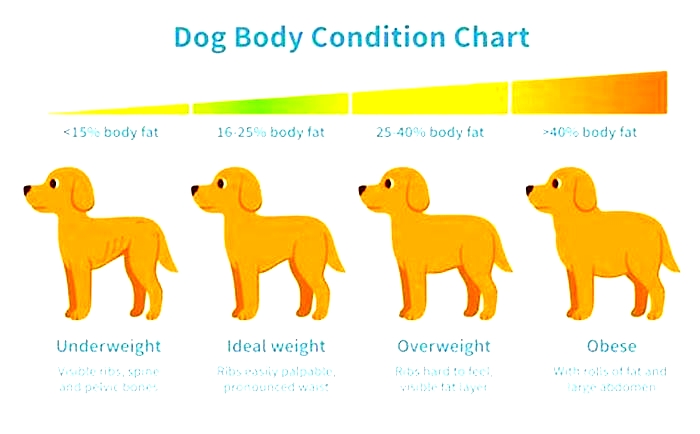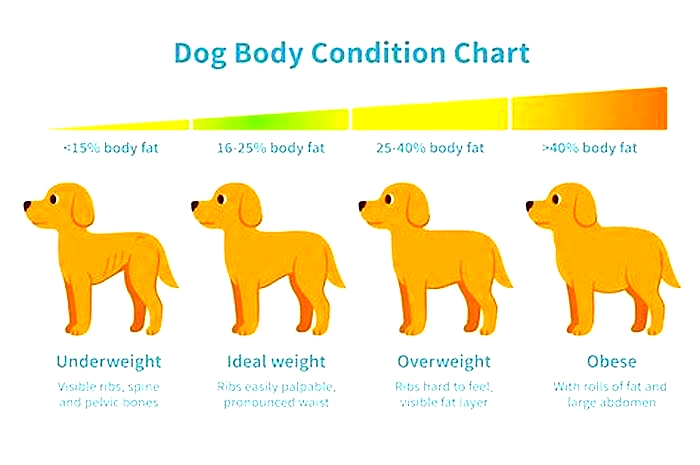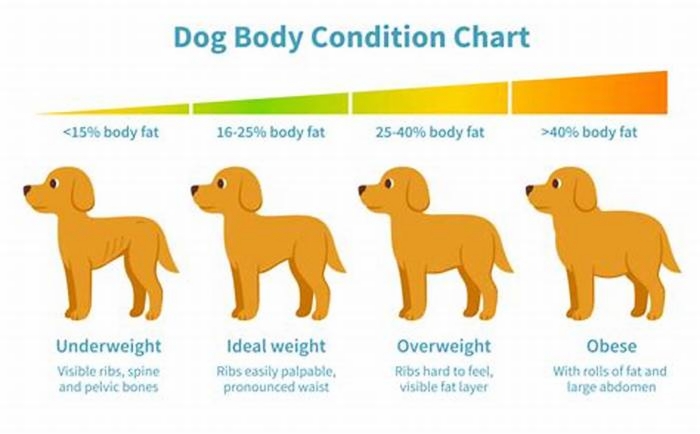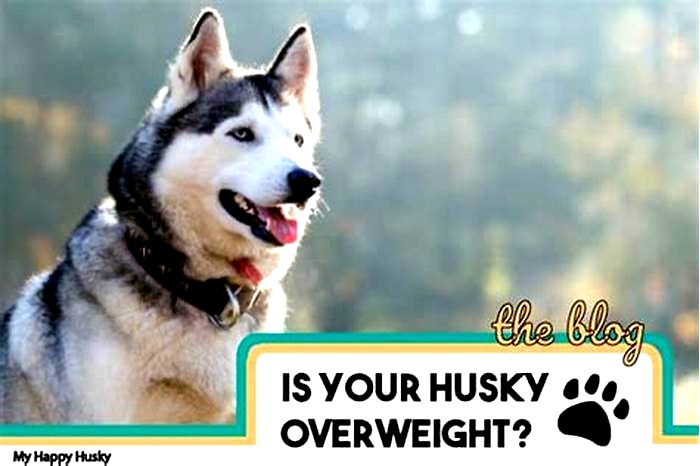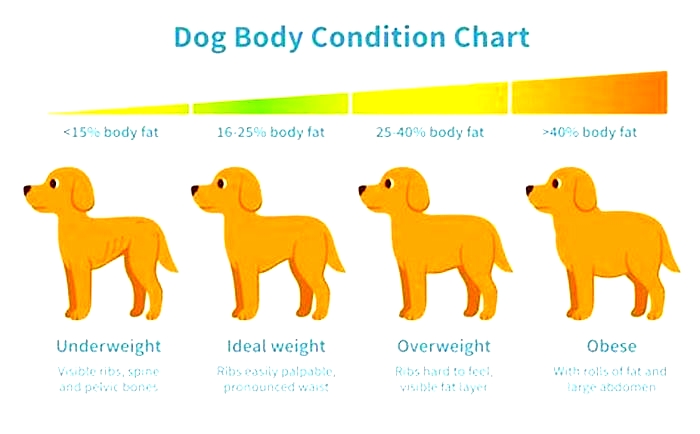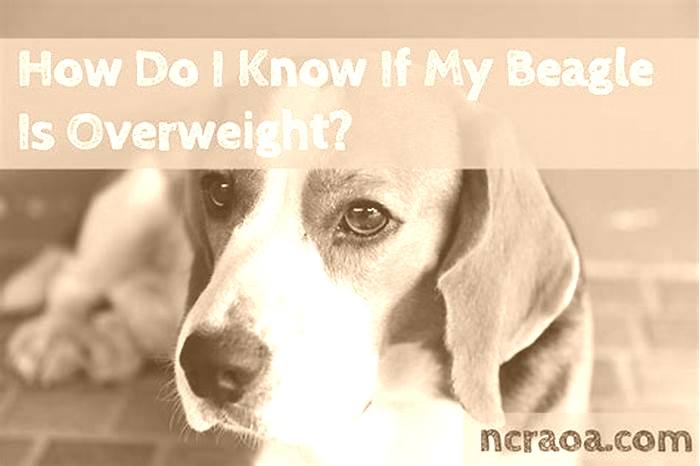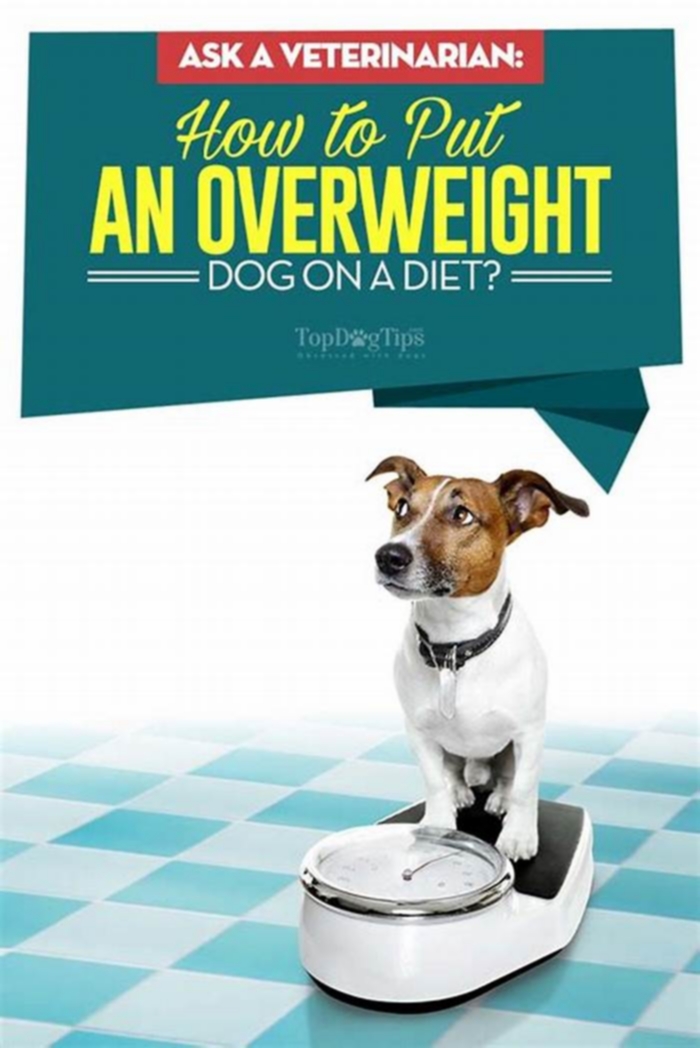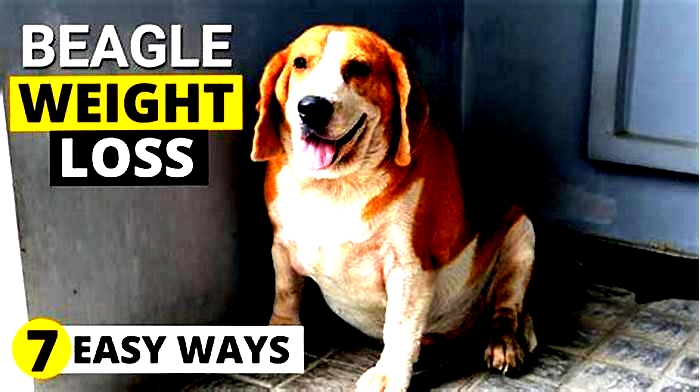How do I know if my Boxer is overweight

Most Pet Dogs Are Fat. Is Your Boxer One of Them?
More than half of American dogs are now overweight or obese, so the average person can tend to lose perspective on what an ideal weight looks like in a dog.
The Boxer is a lean and muscular breed. Your Boxers deep chest should taper to a slim waist. The last few ribs are often visible in a fit and healthy Boxer, but shouldnt be overly prominent.
You should be able to feel the ribs when you run your hand over your Boxer.
Highly active, a Boxer should have a noticeable hourglass shape from above.
What Can Cause A Boxer To Be Overweight?
Most likely if your Boxer is overweight, its because youre feeding too much or exercising too little or probably a bit of both.
However, there are a few other potential causes to keep in mind:
- Excess weight may indicate thyroid problems
- Drugs like prednisone cause a pot bellied appearance due to weakening of the abdominal muscles and a redistribution of fat. The steroid also causes weight gain
- Neutering can lead to weight gain
Does Neutering Make A Boxer Get Fat?
Spayed or neutered dogs do have a tendency to get fat, compared to dogs left intact.
But there are more serious side effects than weight gain to be aware of when contemplating neutering.
Removing the hormone-producing sex organs during puppyhood interferes with growth and development.
It can result in dogs growing abnormally tall, with the associated potential for bone and joint problems.
While its long been the convention in the United States as a means of preventing unwanted litters, a growing body of evidence suggests neutering increases the likelihood of a range of diseases.
These diseases include several health problems Boxers are thought to be particularly susceptible to, like mast cell tumors and bone cancer.
Any choice to neuter a Boxer should be made only after carefully considering the specific dogs situation and balancing it with the health risks.
Neutering any Boxer before the age of two should be avoided.

Is My Boxer Dog Too Skinny?
In Boxers, being too thin can happen as often as being too fat.
A Boxer is genuinely too thin if the spine and hips are protruding, or if the whole rib cage is visible.
Usually its just the skinny phase that a Boxer can go through between one and two years old as puppy fat is shed and the height shoots up.
The Boxer is a generally slow-maturing breed that doesnt reach adulthood until later than the average dog.
The adult physique usually develops by three years old, with a thickening of the chest and the arrival of an even more defined musculature.
If your Boxer is over three and still significantly underweight, it could be due to:
- Not receiving enough nutrition (needs more food, or better quality food)
- Malabsorption (digestive problem that means no matter how much food is fed, nutrients arent being properly absorbed)
- An underlying health issue
Health Conditions That Can Cause Skinniness
The array of health conditions that can cause skinniness are so numerous and wide-ranging as to be almost useless:
- Thyroid
- IBD
- Liver, gall bladder, pancreatic or kidney disease
- Heart conditions
- Addisons disease
- Diabetes
- Immune problems
- Worms/parasites
Most likely a too-skinny Boxer will fill out with a little time, as long as the diet is optimized and the dog is getting enough opportunity to work his muscles.
This means a chance to run and leap around as well as on-leash walks.
Skinniness is more worrisome if it occurs in combination with other symptoms like:
- Loss of appetite
- Vomiting
- Diarrhea
- Skin/coat issues
- Low mood/energy
Never force a self-fasting Boxer to eat, but do consider whether you are feeding the best possible diet.
What To Feed A Boxer Dog
Many owners come to regard their Boxers as having sensitive stomachs or being picky eaters.
These same owners are frequently feeding their Boxers kibble or other highly processed dog foods.
Commercial dog food is fed to dogs out of convenience but these products are a long way from the natural canine diet that dogs evolved eating for over a million years.
Since kibble was invented 160 years ago, the pet food industry has become big business.
Dog food manufacturers even pitch directly to Boxer owners by labelling some kibble as Boxer-specific, with the biscuits shaped in a way thats supposedly designed for the brachycephalic (squashed face, stubbed nose) muzzle.
Dry and canned dog food is highly processed.
It contains additives, fillers and often low-quality ingredients that have been cooked at high temperatures, destroying enzymes and vitamins and denaturing proteins to the point that these nutrients need to be added back in as isolated chemistry.
Boxers, like all dogs, thrive on a fresh, biologically-appropriate diet based on raw meaty bones.
While vets used to recommend kibble, and the pet food industry maintains close links with veterinary schools, many vets are increasingly aware of the benefits dogs experience from eating a fresh, raw diet.
Here are just a few:
For optimal health to occur, animals must consume the food they were designed to eat. I call this a species-appropriate diet.
Dr Karen Becker, integrative vet dubbed the most followed vet in the world
Raw meaty bones promote health in dogs. Processed foods and cooked foods do not most of the disease problems we vets see are caused by only one thing poor nutrition.
Dr Ian Billinghurst, Australian vet and raw feeding pioneer, author of Give Your Dog A Bone
In this era of evidence-based medicine, the current and emerging science supports the feeding of a raw prey based, species-appropriate diet to domesticated carnivores (cats and dogs) for optimal health and well being.
Raw Feeding Veterinary Society 2021 Position Statement
Understanding Dog Food Labels
Fat content on dog food labels is expressed as percentage fat by weight.
This produces a lower number than when you express fat in the way that matters to the body: percentage fat by calorie.
This means a dog food that says on the box it is 14% fat (by weight) is actually 62% fat (by calorie).
To put that in context, integrative vetDr Karen Beckerdefines the fat content of dog food this way:
| less than 17% of calories from fat | low fat |
| 17-23% of calories from fat | moderately fatty |
| more than 31% of calories from fat | high fat food |
In other words, a food that appears to be low fat, is actually super high fat when you do the calculations.
Hidden fat in commercial dog food could well be another reason why your Boxer is overweight.
But your Boxer doesnt even have to look obviously overweight to be consuming too much fat.
Other signs of fat overconsumption (the lot of every kibble-fed dog) include:
- Excessive gas
- Scooting the butt on the ground often erroneously blamed on worms or anal glands
- Looking uncomfortable or being restless after eating
- Itching
- Paw gnawing
How Much To Feed A Boxer Dog
When feeding a raw, species-appropriate diet, give a Boxer three to five per cent of the dogs ideal body weight in food.
This is a starting point.
See how your dog fares and adjust up or down.
If your Boxer is a puppy, you will feed more as a percentage of bodyweight, beginning around seven to ten per cent of the pups current (not ideal) bodyweight at eight weeks old.
Feed a mix of:
- Raw meaty bones (like chicken frames)
- Lean muscle meat (like diced lean beef or chicken breast)
- A little organ meat (usually liver but any secreting organ works) added in a few times a week
How much a Boxer needs to eat will vary depending on factors like:
- Age
- Metabolism
- Activity level
As a guide, the Giant Book of Boxer Dog Care recommends 40-55 calories per pound of body weight but you neednt tinker with those calculations if youre feeding whole foods in the right basic proportions.
Use commonsense.
If your Boxer is underweight, offer more. If your dog is too heavy, offer less.
Boxer Dog Diaries is reader-powered. If you make a purchase via a link I share, I may receive a small commission at no extra cost to you.
How Often To Feed A Boxer Dog
Its a good idea to divide a Boxers daily portion into two meals.
This minimizes the risk of bloat, or gastric dilatation-volvulus, a deadly condition in which the stomach fills with air and sometimes twists, requiring surgical intervention.
Also known as gastric torsion, this veterinary emergency disproportionately affects deep-chested breeds and has been associated with eating a single, large meal per day.
Its also wise to avoid vigorous exercise close to mealtimes, although more recent work has cast doubt on the belief that this increases the chances of bloat.
Always use a slow feeder bowl or a spiral insert which converts your Boxers existing bowl into a slow feeder.
Make sure the bowls are ground level (not raised bowls as was advised in the past) to further decrease the chances of bloat.
Free Feeding A Boxer
Free feeding is a method of feeding where food is left out constantly and the dog helps himself.
Free feeding is not recommended for Boxers, for a number of reasons.
1. Dogs, unlike sheep, are not designed to be grazers.
Dogs are built to eat and then go for long periods without eating.
Wolves gorge themselves when they make a kill and then are frequently forced to go without food for long stretches.
They scavenge on leftover bones and hides or maintain themselves on secondary foods like berries.
They do not eat every day.
The food intake of a wolf fluctuates with the natural cycles of boom and bust in the ecosystem of which theyre part.
2. Free feeding is suggestive of a kibble diet
Only dry food can really be left out without going bad.
Raw food is also so appealing to most dogs that it wouldnt last beyond one feeding.
3. Free feeding doesnt allow much digestive rest
Eating the way they do in nature, dogs benefit from extended periods of intermittent fasting, which is proven to support the continual process of cellular renewal and repair through a process called autophagy.
Fasting A Boxer
If a Boxer has a weight issue or any kind of health problem, fasting can be tremendously powerful.
Incorporating fast days into a Boxers routine is a good idea, even for healthy dogs and underweight dogs.
Domesticated dogs are far more sedentary than wolves, yet we feed them every day.
We also feed them the products of human agriculture.
Farmed animals are fattened for slaughter, compared to the lean game meats that dogs evolved eating.
On top of the other benefits, fast days (and fruit days) help restore the overall fat content of a Boxers diet to more natural levels.
Make sure fresh, pure water is always available.
How Much To Exercise A Boxer
Boxers are high energy dogs that require maximum activity.
This means at least two long, brisk walks or ball chasing sessions a day with plenty of variety in the routine.
Beach romps and swims in rivers and hikes through the woods are right up a Boxers alley.
A Boxer wants to play and will seldom be satisfied with repeating the same route around the neighborhood as his sole form of exercise.
While exercise burns energy, it also builds and tones muscle.
It is essential for overweight and underweight dogs alike.

Feeding Boxer Puppies
Dont be tempted to overfeed your Boxer puppy.
Vet Dr Ian Billinghurst, author of the groundbreaking book Give Your Dog A Bone, says his experience as both a vet and a breeder of large breed dogs (Great Danes and Rottweilers), has taught him that dogs grow up healthiest when theyre kept on the lean side.
Controlling nutrient intake prevents over-accelerated growth which, especially in large dogs, can cause bone and joint problems later in life.
Oversupply of nutrients, as well as too much time on hard, slippery floors, can also trigger the development deformity known as knuckling.
You want a Boxer puppy to grow slowly and steadily.
Final Thoughts On Fat And Skinny Boxers
How much a Boxer weighs is less important than how the dog looks.
You will be able to tell by looking whether a Boxer is at a healthy weight or not.
Boxers can be on the thin side until they fill out at around three years of age.
A Boxer should be trim and muscular with a shapely figure and a noticeable tuck at the waist, with no suggestion of fat.
An optimal diet and plenty of physical activity is key to a Boxer achieving peak physical condition.


